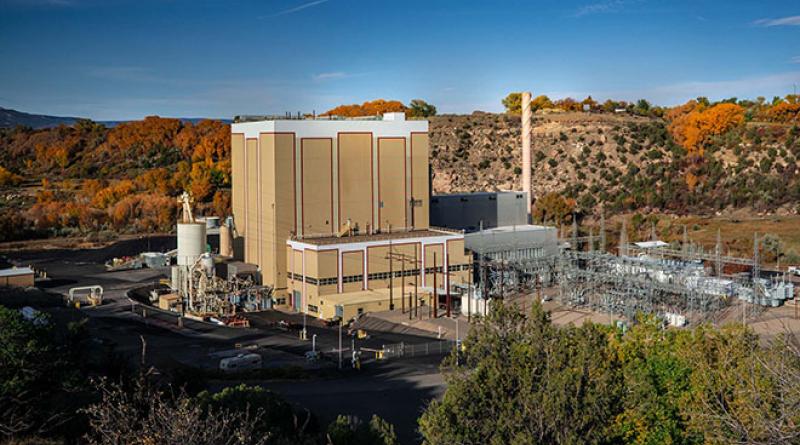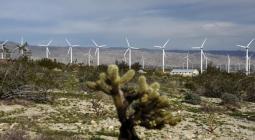US power generators reporting savings, other benefits from phasing out coal.

Power generators across the U.S. are not only sticking to plans to retire coal-fired power plants despite the pro-coal Trump administration, they are touting the cost savings of doing so while pushing a further transition away from the fuel.
Several utilities with the largest planned coal plant retirements confirmed they are not changing course after the administration finished the Affordable Clean Energy in mid-June, S&P Global Market Intelligence recently reported. Retiring coal plants and investing in other forms of generation is helping utilities across the country hit their own emission reduction targets while mitigating some of the risks coming from increased scrutiny around climate change, a review of power generators' second-quarter earnings calls so far suggests.
About 9.7 GW of coal capacity is expected to retire in 2019 alone, nearly as much as the 13.5 GW that came offline in 2018 when power generators recorded the second-highest level of coal retirements completed in recent decades. With natural gas prices at 20-year lows and showing no signs of increasing significantly in the near term, pressure on coal generators is likely to continue.
"You know there was once a time when we had to make a sucker's choice between clean and expensive energy or the cheap and dirty stuff," said CMS Energy Corp. President and CEO Patricia Poppe on a July 25 call. "That just isn't true anymore."
The Michigan Public Service Commission recently signed off on a CMS Energy plan that sets a path for the retirement of the company's coal plants while adding 6,000 MW of solar energy in the longer term. The result, Poppe said, is not a "trade-off" but a "trade-up" as the transition supports "affordable bills, a cleaner environment and a higher quality mix of earnings."
New wind and solar energy is proving to be cheaper than coal, nuclear and less-efficient oil and gas units even considering the expectation that tax credits will begin to phase down, NextEra Energy Inc. Executive Vice President of Finance and CFO Rebecca Kujawa said on a July 24 earnings call.
"The combination of low-cost renewables plus storage is expected to be increasingly disruptive to the nation's generation fleet, providing significant growth opportunities well into the next decade," Kujawa said.
WEC Energy Group Inc. Executive Chairman Gale Klappa said recent coal-fired power plant closures decreased the company's operating and maintenance cost by an estimated $100 million on an annual basis. The utility recently shut down three of its less efficient coal-fired power plants in Wisconsin and Michigan.
Xcel Energy Inc. is looking beyond coal as it targets carbon-free electricity by 2050. Already, the company plans to have coal completely out of its upper Midwest portfolio by 2030 by leaning on natural gas to maintain reliability and affordability before stretching to more ambitious targets to eliminate carbon dioxide emissions.
"We get to that 80% [carbon reduction by 2030] mark, and as I've said before, we're going to need to work on those technologies to get that last bit of carbon off of our system," Xcel Energy President and CEO Benjamin Fowke said Aug. 1. "But for now, we need to take early action, and gas is the avenue to get us there."
PNM Resources Inc. reported that it filed an application that allows for the abandonment, securitization and replacement of the coal-fired San Juan Generating Station. The application includes a recommended replacement plan that saves customers money, reduces emissions and provides for investment to generate tax revenue in the community while integrating new battery storage technology to retain grid reliability. The plan, a PNM Resources executive said on a recent earnings call, is consistent with a company goal of becoming emissions-free by 2040.
There remains a lot of pressure on any sort of carbon-emitting generation, especially coal, and that pressure will remain for some time, said Southern Co. President and CEO Thomas Fanning on the company's July 31 earnings call. Southern's recently approved integrated resource plan in Georgia includes the addition of 2,260 MW of new renewable generation and the retirement of five coal-fired generation units totaling nearly 1,000 MW. He also mentioned putting coal plants into inactive reserves, a concept detailed in the integrated resource plan that aims to preserve grid resilience.
"That is not retiring a coal plant per se, but taking it out of economic dispatch, preserving it as a matter of resilience in the event of a system emergency that could help in a whole variety of ways," Fanning said. "Over time, you will see coal diminish. And I think that's a matter of economics."
Duke Energy Corp., historically a major coal consumer, is also transitioning away from the fuel. The company is paying significant costs to clean up coal ash liabilities associated with its operations and has also been investing in other fuels, including natural gas, which it expects will allow for continued reduction of carbon emissions as power generators move away from coal.
"Our investments in the energy grid, cleaner generation and natural gas infrastructure ensure Duke Energy is well-positioned for a smarter lower-carbon energy future," CEO Lynn Good said on an Aug. 6 earnings call.
7 August 2019
S&P Global




